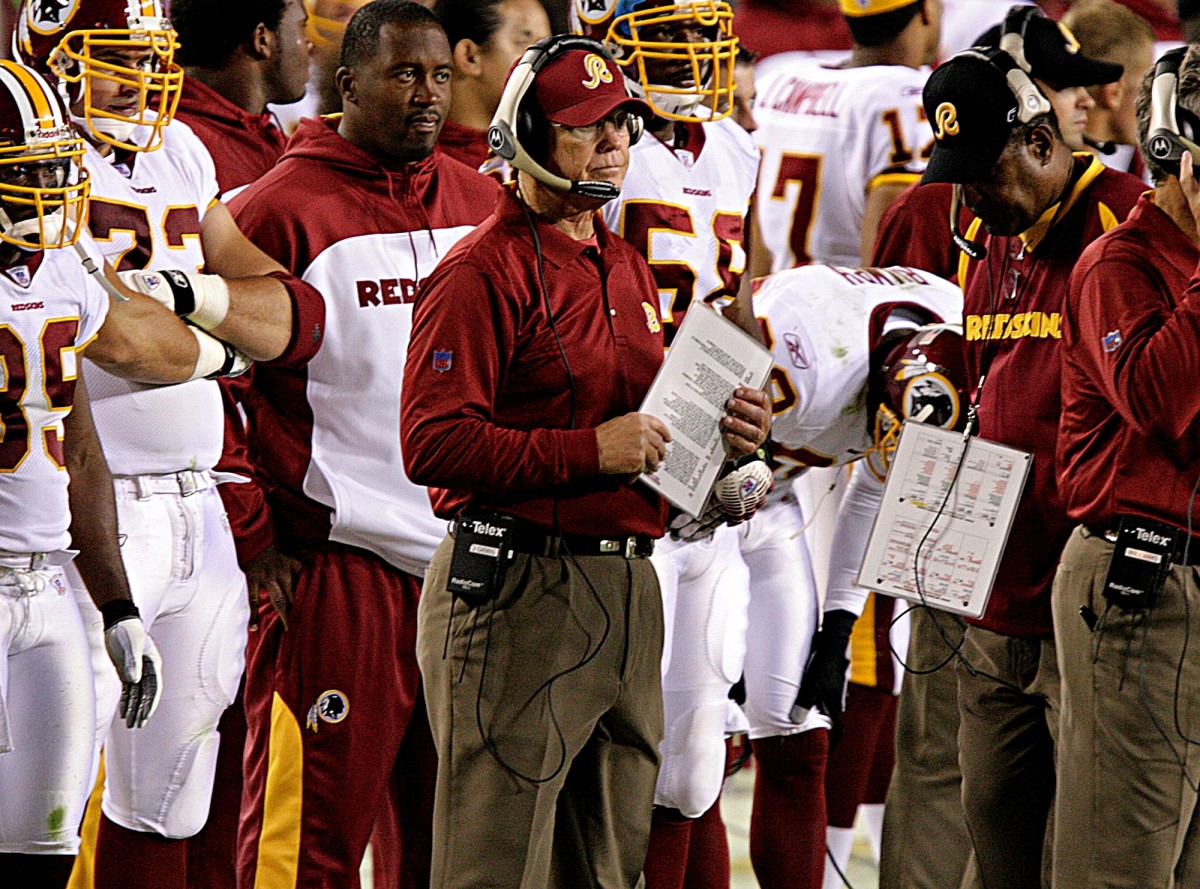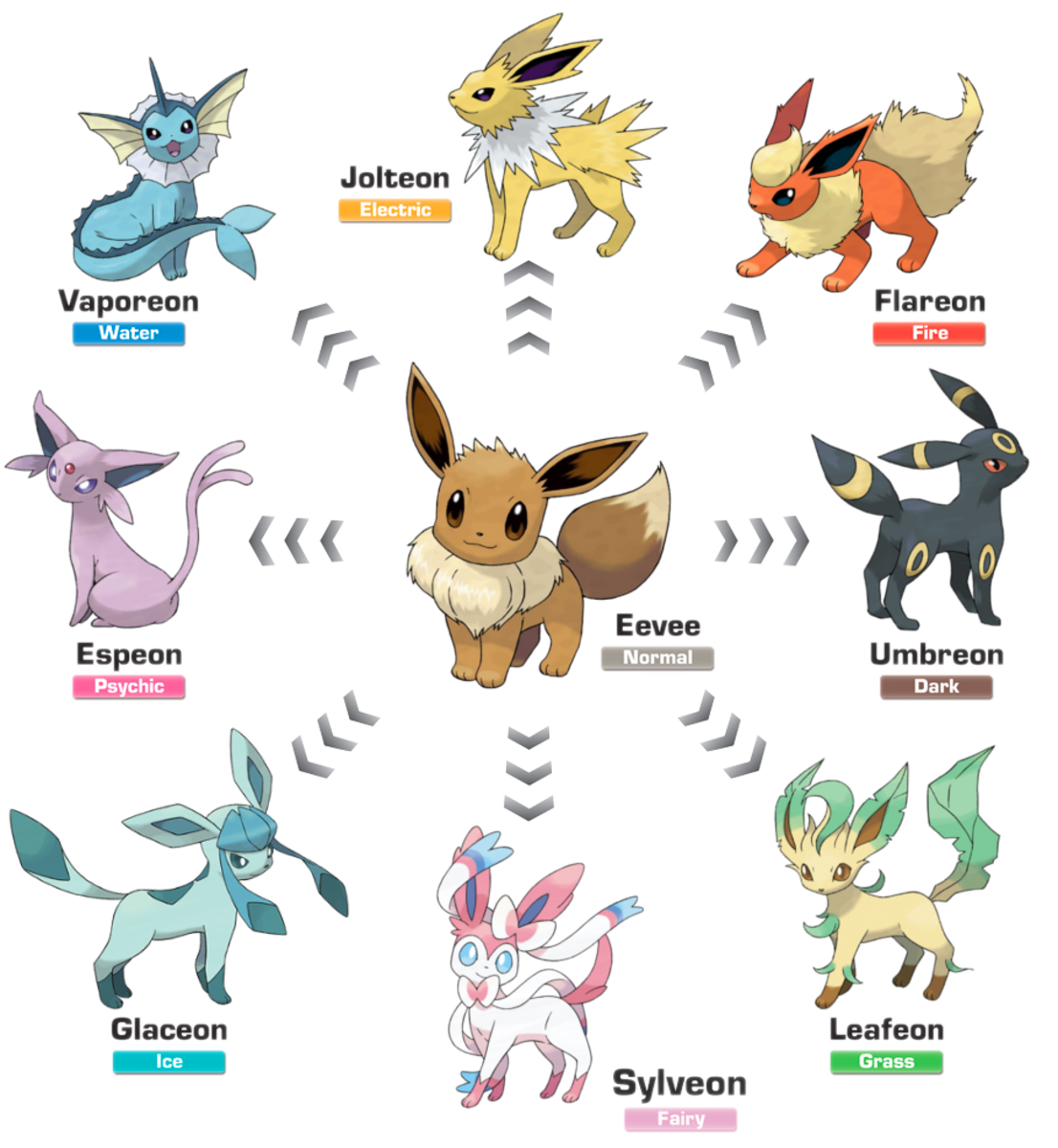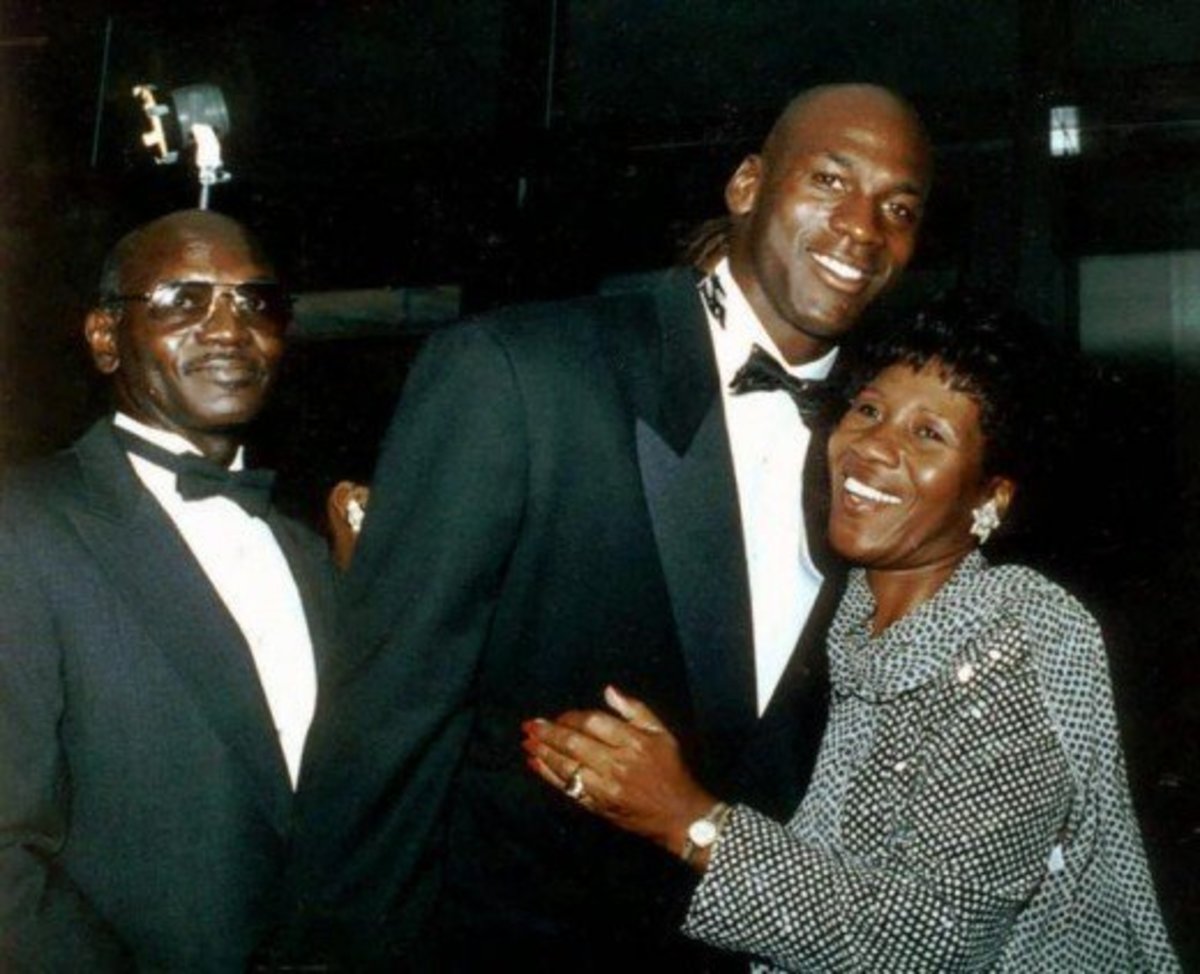Epee Fencing 5

Chapter 5: Epee movements
Fencing has been compared to playing chess on your feet. That is a very good analogy. As in chess, fencing has a set of moves which can be sequenced into a large combination of variations.
- November 2014
The basic moves
- Offensive moves
- Defensive moves
- Footwork (keeping your distance)
- Second intention
- Broken tempo
Offensive moves
- Simple attack - lunge
- Fleche attack -
- Compound attack -
- Feint attack -
- Redouble attack -
- Remise -
Defensive moves
- Parry and reposte -
- Stop thrust -
- Retreat -
Footwork
In fencing, there is only one formula. It is one of the basic formula in physics: vt=D where velocity multiplied by time equals distance.
Velocity is how fast one travels. Once this is determined, time and distance follows in exactly the same proportions. The key to footwork is "keeping the proper distance".
- Advance step-
- Retreat step-
- Change of direction - This is one of the hardest to master. You must be able to change your direction on a dime. Sometimes, it is just impossible.
- Glide -
- Crossover -
What is proper fencing distance?
If everything being equal, the key to winning in fencing is distance. I don't have any real data to back me up, but I do think if you were able to measure winning touches and the distance between two fencers, I would guess over 75% of winning touches will occur when the "proper" distance was kept by the winning fencer. You hear this a lot on fencing strips - "keep your distance..." but no one explained what is the "proper" distance. As a fencer, you pretty much guess as you go and adjust constantly depending on the situation.
I want to attempt to explain it here.
First of all, there is no one proper distance.
It does vary between different opponents. Second, there are two "proper" distances. One when you are on offense and one when you are on defense. Depending on the height and speed of each fencer, the "proper" fencing distance can vary quite a bit.
Let me first define the "proper" fencing distance when you are on the offense. This is the distance you keep from your opponent when you are confident that you can hit the target with a simple attack. In most cases, this does not change from opponent to opponent. It is a factor of your own speed and technique.
The "proper" fencing distance when you are on defense is the distance you try to keep from your opponent such that your opponent is just shy of hitting you with a simple attack. This distance does vary depending on the height and reach and speed of your opponent.
Remember, during a bout, ther are two fencers and each will have their "proper" distances and during the course of a match, the distance will constantly be changing. The key is to know your distances while trying to fool your opponent to think he is maintaining his proper distance.
The other thing to remember is that the distance in question is a fixed amount of "window". It will not work if you keep a distance that is too far away. In that case, no one can be hit and the match will be boring.
Here is a real example.
Fencer A likes to fleche attack. Fencer B likes to play defense. In the middle of a bout, while the two fencers are bouncing around, fencer A will slowly creep forward with each bounce and try to reach his "attack distance". Once he has reached that distance, he will initiate a sudden fleche and more than likely will hit fencer B. What happens is that while bouncing around, he has created a situation that he has reached his "proper" attack distance while deceiving fencer B to think he is still keeping his "proper" defensive distance and out of range. The danger for fencer A is that while he is doing this manipulation, if he comes close to fencer B's attack distance, fencer B may decide to stike first and hit fencer A before he has a chance to fleche. That's what make an interesting bout.
- Sometimes, especially when a short fencer is matched against a tall fencer, it is possible to use the "proper" distance to gain the upper hand. In this case, the proper distance for the short fencer is relatively close. To gain the upper hand, the short fencer can wait for the proper moment and close the distance with his opponent. This way, he will have a better chance of hitting his opponent while the taller fencer is too close to his target. His weapon will overshoot and pass his target.
Second intention
There are many scenario of a second intention attack. What is second intention? It is an offensive tactic by a fencer to initiate a false attack with the intention of not completing the attack but to illicite a calculated response from his opponent and then take the proper defensive action in mid stream.
Example:
Fencer A makes a simple attack to fencer B's under arm. He really didn't intend to score a hit. He is counting on fencer B to try a stop thrust to his forearm which is partially exposed. When fencer B falls for this, fencer A will execute a simple parry and reposte and score the real touch.
Broken tempo
Broken tempo is another offensive tactic that is very effective when properly executed. The best way to describe broken tempo is this. Remember Elvis when he performs some of his popular hits. Sometimes, in the middle of a song, he would stop his body motion and music just for a brief moment and then continue as if nothing happened. That is a good example of "broken tempo".
At first, you would think this tactic will never work. When you stop your action in the middle of an attack, you would be vulnerable to stops and counter attacks by your opponent.
The reason it does work is the element of surprise. When you initiate an attack at the proper distance, your opponent is expecting a certain progression. When you suddenly pause, you throw off the timing of your opponent. You force him to change mid stream and that's when you have the upper hand.
Example:
Fencer A initiate a beat attack on fencer B. In between the preparation and the final lunge, he pauses briefly. Fencer B reacted to the beat with expectation to parry an attack, but seeing a pause by fencer A, changes his tactic and went for a stop. Fencer A seeing the stop executes a parry and reposte while completing his initial attack. It was the broken tempo that allowed for such moves.
Anatomy of a touch
I want to describe how a typical touch is made in a bout. Assume there is a fencer A and a fencer B.
I will also refer to various timing as t0, t1, t2, t3. t0 and t1 are the time when the fencers are just bouncing around. t2 is the preparation of an attack and t3 is the completion of the attack.
- Scenario 1:
Fencer A and B are in the on guard position. Director says "fence". Fencer A moves forward and close the distance. Both fencers begins to bouce around and fishing for each other's blade. This is the t0,t1 period which can proceed for quite a while. Fencer A initiates a simple attack at t2, and completes a lunge with a hit on fencer B at t3 and action halts.
Type of touches
As far as scoring goes, all touches are equal. One touch is one point. However, there are different types are touches and here is my classification.
- la Belle - This is the perfect touch. It is called la Belle (beautiful in French). It was meant to distinguish the tie breaker when the score is 4-4. The final touch should be clear and decisive. It is the most satisfying of all touches. It means you have executed your moves perfectly and made a clear touch on your opponent.
- Double touch - This is the case when two touches fall within 1/25 th of a second. It counts as a hit for each side. When you are ahead, a double touch is advantageous.
- Lucky touch - A lucky touch happens when your opponent gets caught in your blade or point and you score unintentionally.
- Sloppy touch - This is a touch scored after an exchange that is sloppy in execution and one fencer just happens to land a touch before the other.
- Fluke touch - A touch that happens and no one knows how it came about and probably will never be repeated.
- Panic touch - A touch scored in the last few seconds of the bout when time is running out and the fencer who is behind tries an all out attack.
- Gimme touch - A touch scored not due to your skill but due to the dumb mistake by your opponent.
- Signature touch - A touch by one person that is his best move and signify his uniqueness.
- Toe touch - A surprise touch that hits the opponent's toe.








